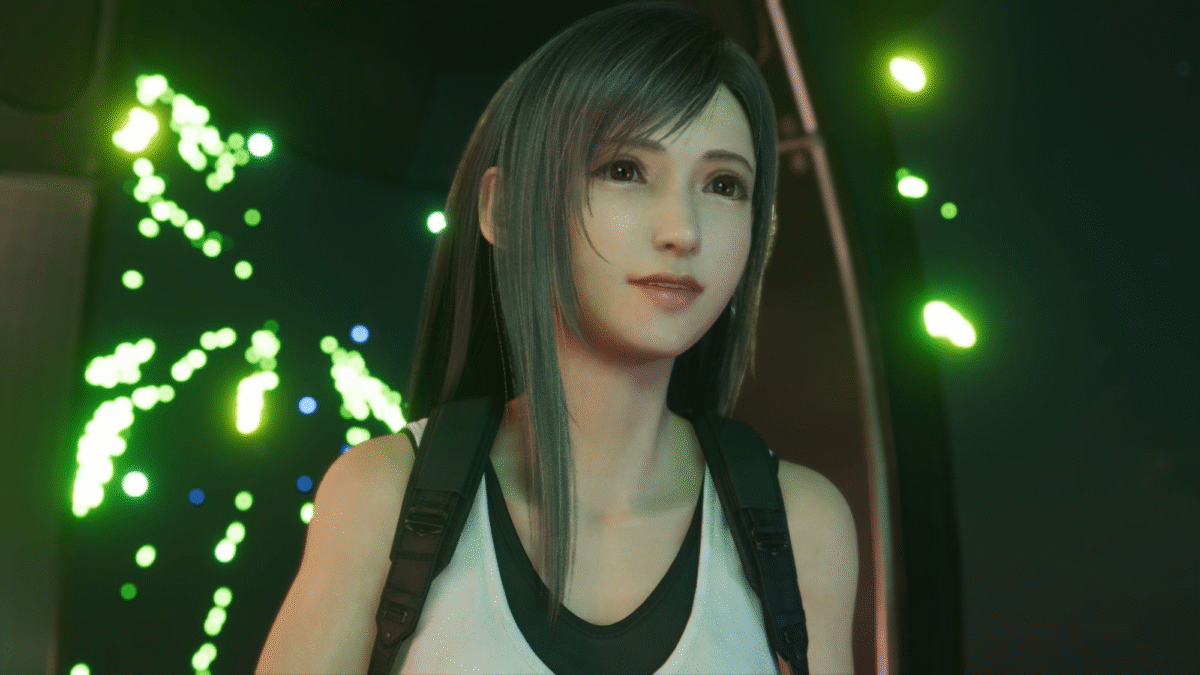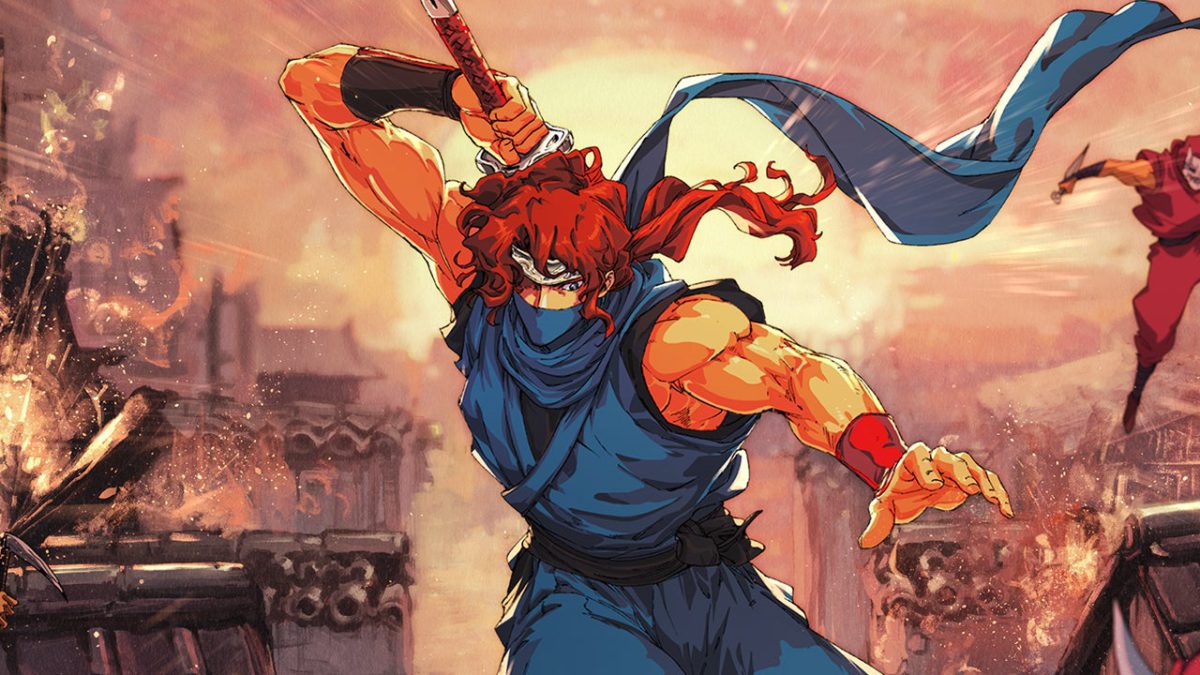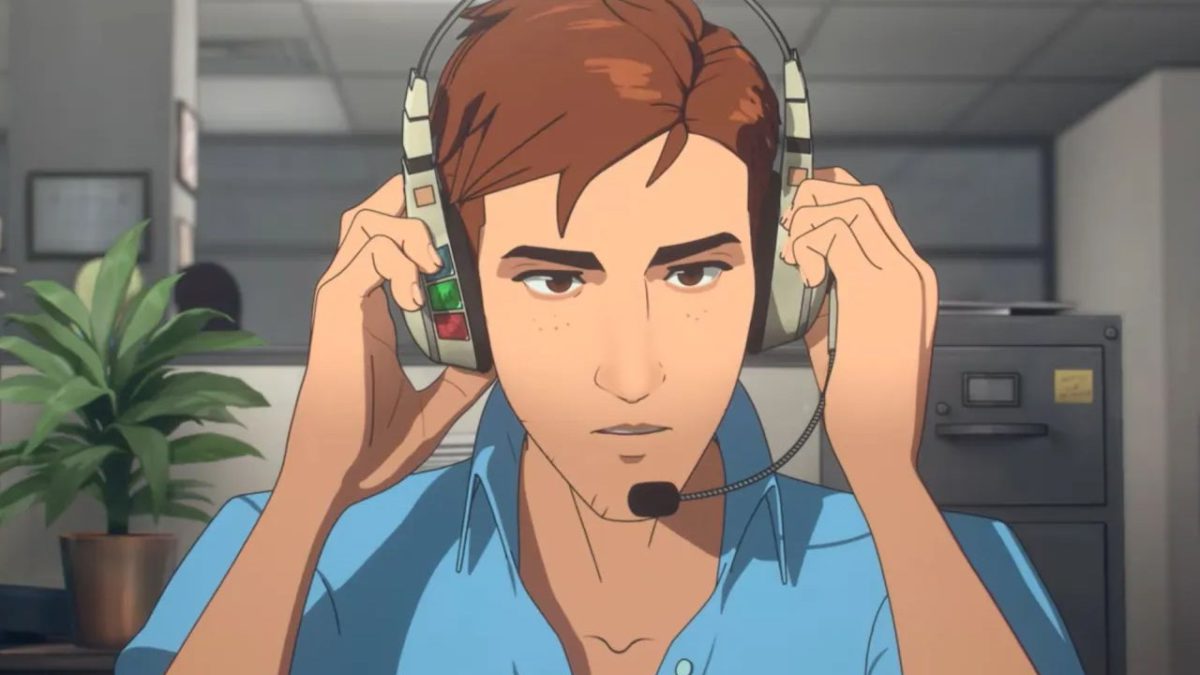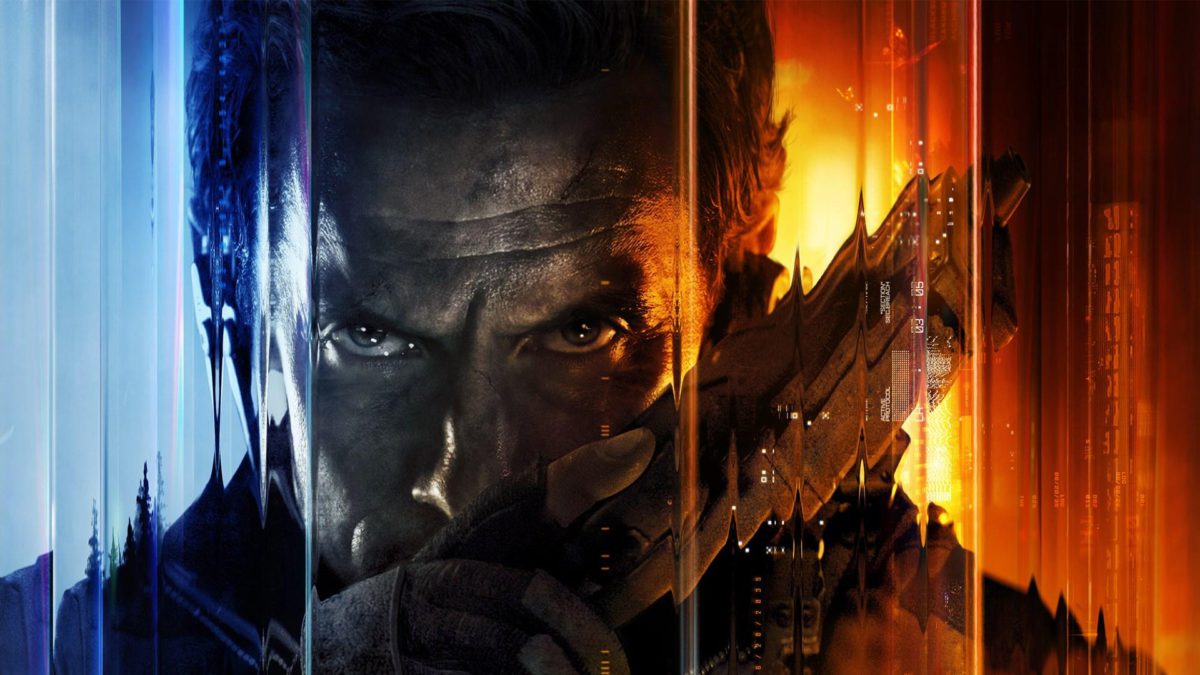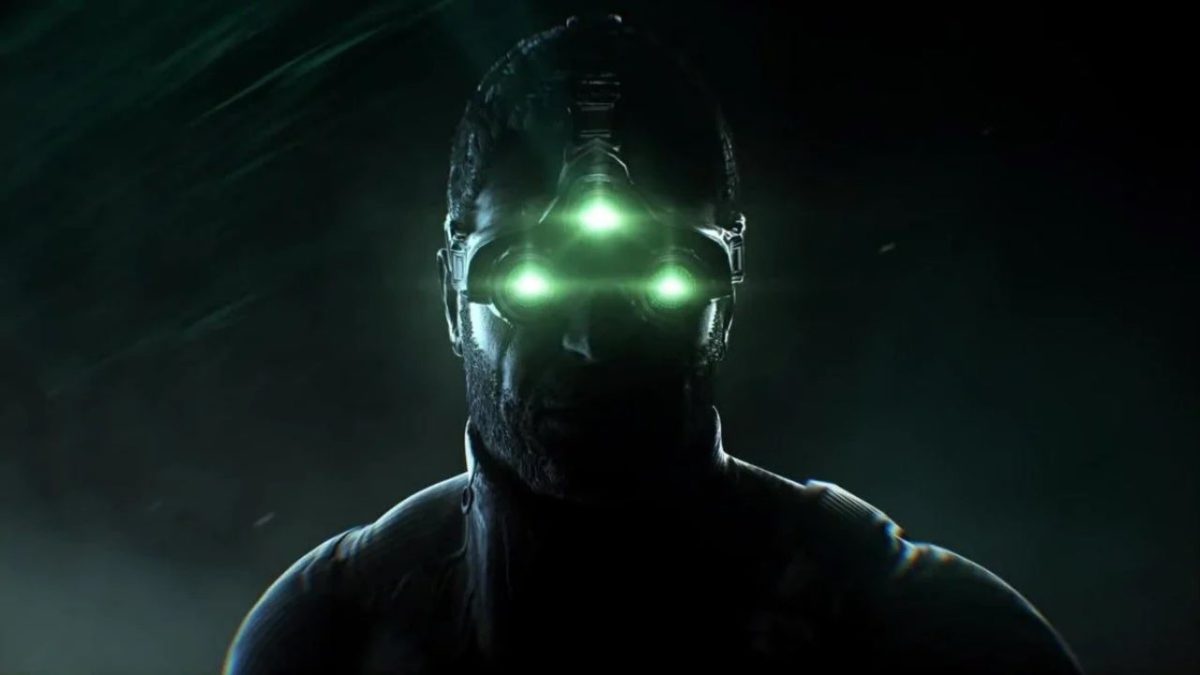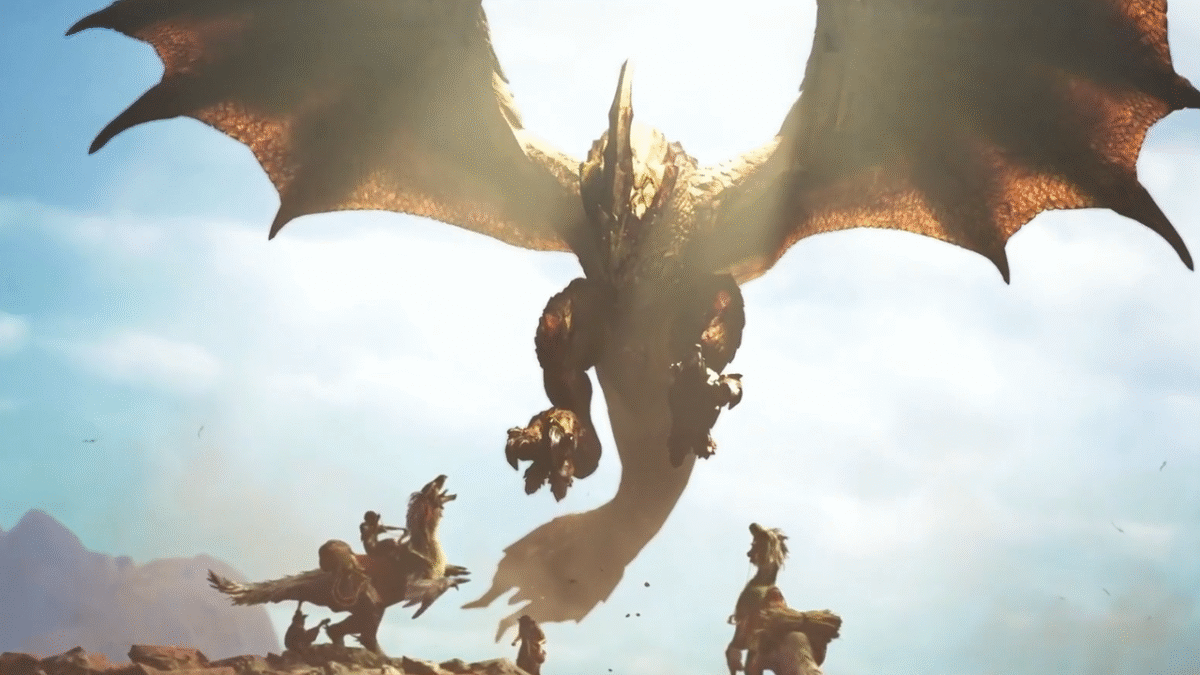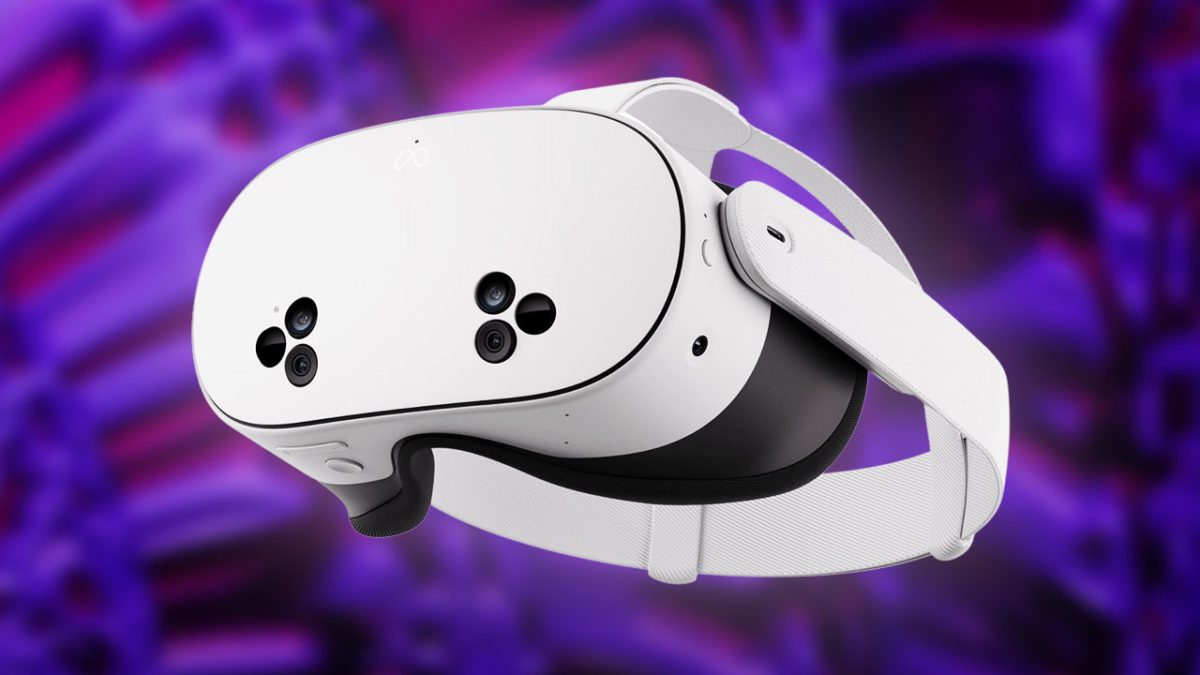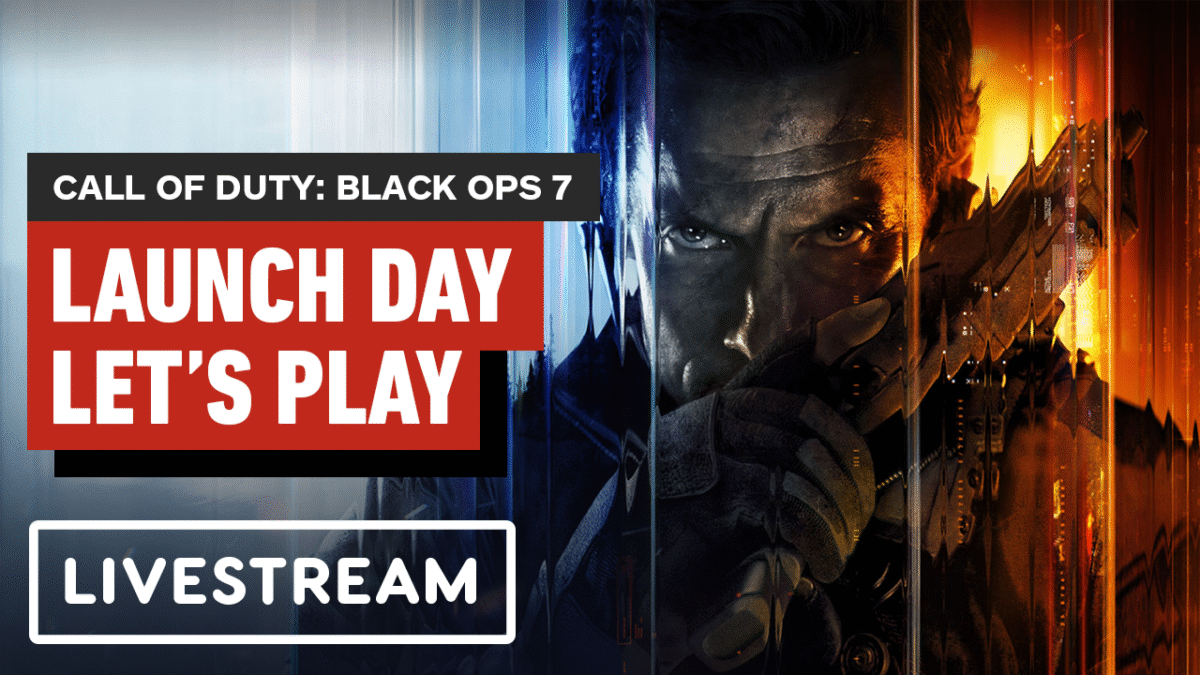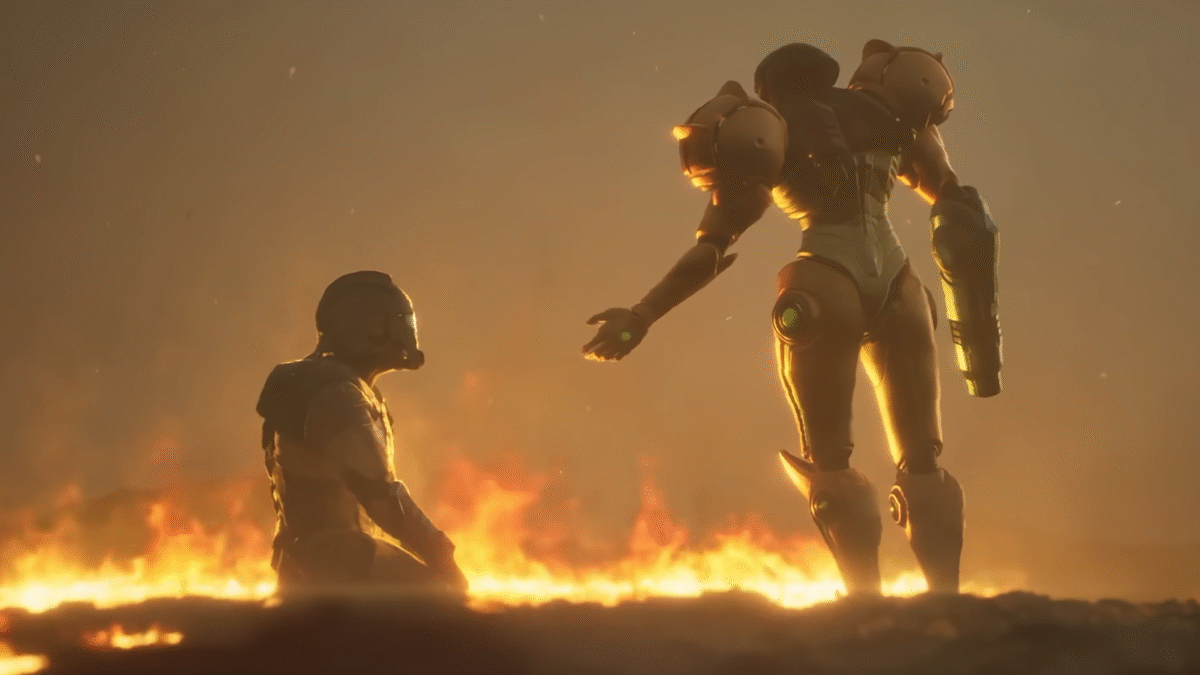
We’ve rounded up the best deals for Sunday, November 16, below, so don’t miss out on these limited-time offers.
Final Fantasy VII Rebirth for $30
GameStop has Final Fantasy VII Rebirth available for $30. The second chapter of the Final Fantasy VII remake project brings Cloud Strife and the iconic cast into the world of Gaia for the first time, as they step out of Midgar following an eventful escape. Many new characters join the party, including Yuffie Kisaragi, Cait Sith, and more. With the third entry in the project currently in development, now is the perfect time to catch up and prepare.
Dragon Quest III HD-2D Remake for $34.99
Dragon Quest III HD-2D Remake was one of the most enjoyable RPGs of 2024, featuring a gorgeous remade HD-2D world and voice acting. If you haven’t had the chance to check this one out yet, Amazon has copies available for only $34.99. With Dragon Quest I & II HD-2D Remake available now, it’s the perfect time to dive into one of the most important games in the genre.
Borderlands 4 (Switch 2) for $54.99
While the release of Borderlands 4 for Nintendo Switch 2 was delayed indefinitely, Target has discounted the Key Card this weekend. Instead of paying the full $70, you can secure a copy of the Nintendo Switch 2 version for $54.99. In our 8/10 review, we wrote, “Borderlands 4 gives the series the massive kick in the pants it has needed, with a fantastic open world and greatly improved combat, even if bugs and invisible walls can sometimes throw off that groove.”
Ninja Gaiden: Ragebound for $32.48
Ninja Gaiden has had an incredible 2025, and today, you can score one of the franchise’s most unique entries for $32.48. Ninja Gaiden: Ragebound released in August and was created by The Game Kitchen. In our 9/10 review, we wrote, “Ninja Gaiden: Ragebound looks and sounds incredible, and the fast but thoughtful combat is so satisfying it’s hard to put down.”
NBA 2K26 for $29.99
NBA 2K26 is on sale this weekend for $29.99, which is the lowest price we’ve seen to date. You can score a copy for Switch, Switch 2, PS5, or Xbox Series X at this price. In our 8/10 review, we wrote, “Ball Over Everything” is a fitting description for NBA 2K26. The smooth on-court action is better than ever and MyCareer’s excellent started-from-the-bottom journey to the pros story make it so the imperfections are easier to ignore.”
Glorious GMMK PRO 75% Keyboard for $99.99
Best Buy has a huge sale on this Glorious mechanical keyboard today, allowing you to save $250. This keyboard is fully customizable, so you can switch out switches, keycaps, and more with ease. If you’ve been looking to upgrade your setup with a luxury mechanical keyboard, this is a deal worth your attention.
Apple AirPods 4 for $84.99
Amazon has the Apple AirPods 4 on sale for $84.99 today, a price even lower than last weekend! These earbuds feature Spatial Audio, up to five hours of listening time per charge, and so much more. Apple AirPods 5 likely won’t be out for a good bit, so now is the perfect time to pick up a pair of new AirPods if your old ones are giving out.
Beats Solo Buds for $39
The Beats brand has continued to provide quality wireless earbuds throughout the last few years, and the Solo Buds are no exception. These small earbuds may come with a tiny case, but you can expect up to 18 hours of earbud battery life. For $39, it’s hard to find another pair of earbuds better than this ahead of Black Friday.
Gurren Lagann Complete Box Set Blu-ray for $109.99
Crunchyroll Store is holding its annual Aniplex sale, meaning now is the only time you can save on some of the most expensive anime Blu-rays out there. Today, you can score the Gurren Lagann Complete Box Set, which includes both the original TV series and two movies, for $109.99. This is a must-watch for any fan of the genre, and this box set is the perfect way to make this all-time classic a permanent part of your collection.
LEGO Star Wars Tantive IV Set for $51.19
Amazon has the iconic Tantive IV available in LEGO form for $51.19 this weekend. Normally priced at $79.99, this set features a total of 654 pieces, recreating the ship that kicked off the Star Wars franchise. For collectors, this is a must-have, especially as it features a LEGO Star Wars 25th Anniversary brick.
Hello Kitty Island Adventure for $24.99
Hello Kitty Island Adventure officially came to Nintendo Switch, PC, and PlayStation 5 this year, and it’s a great time if you’re a fan of cozy games. A massive island is yours to explore, with a story that slowly unfolds as you build relationships with Hello Kitty and friends.

